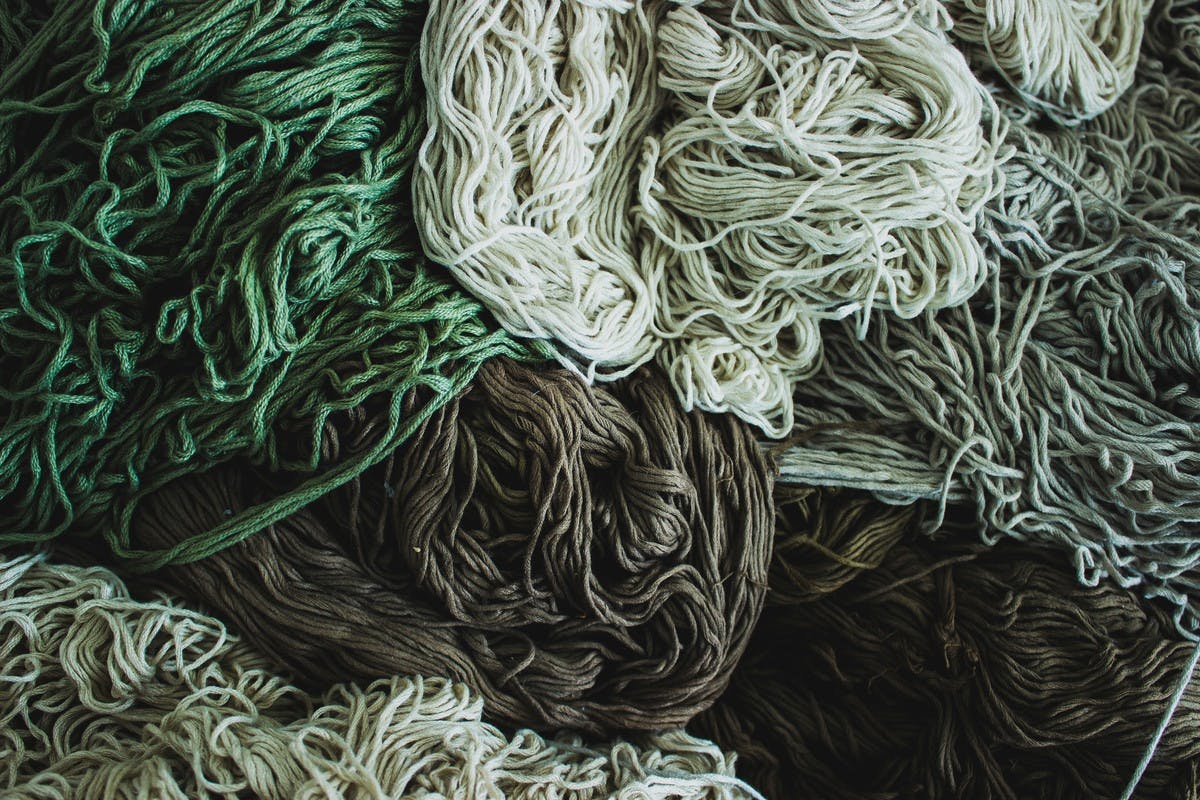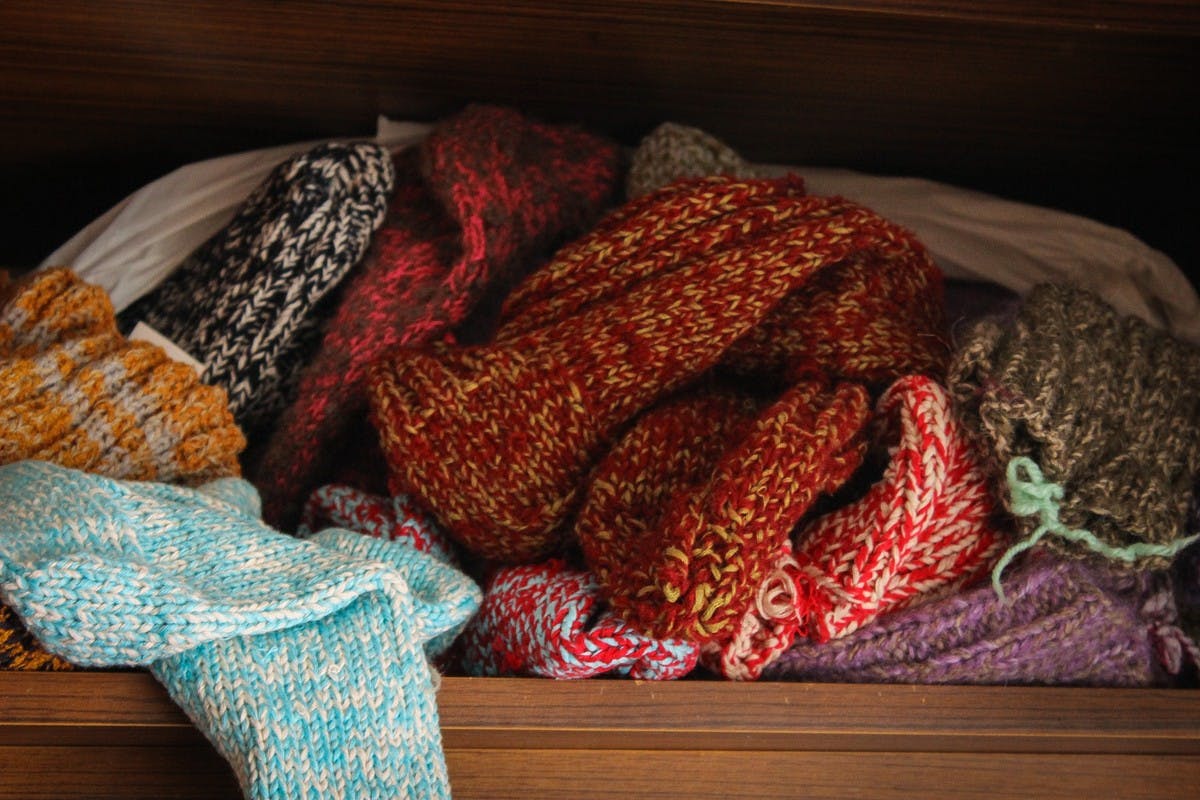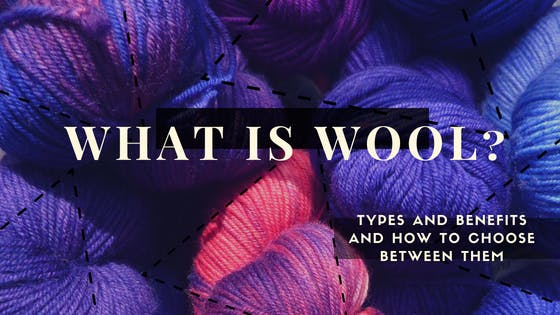Types, Benefits, and How to Choose Between Them
Your guide to all things wool Cashmere included, dahling
The first day of Fall has come, and my wool sweaters are coming out, even if it is still 80 degrees outside. Boiled wool, Merino wool, cashmere, wool blends — cable knit, fisherman, Irish — sweaters are my favorite thing about Fall, hands down. I have never been a pumpkin spice fan, but boy do I get excited for Fall clothing and all things warm and snugly when I feel that soft chill in the air. When the first leaf drops on the ground, I am ready to ditch all my crop tops and rompers and don all my sweaters at once. Like
Wool sweaters
These are a staple in my collection, but they can be intimidating. Wool is a tricky and complex material. How do you shop for it, what is a good price to spend on it, how do you wash it, can you recycle it — and most of all, what’s with all the different names of wool?
That’s a good place to start. Wool is named differently for a reason, not just to confuse the buyer — there are differences in the producers and blends of each type.
Sheep’s Wool
The most traditional and typical, it is made from the fleece of any sheep.
Merino Wool
Taken from the Merino sheep, for this reason, it is rarer and therefore more expensive than standard sheep’s wool. It is particularly soft and resistant to pilling.

Mohair Wool
Thought wool only came from sheep? Guess again! This wool is made from the hair of the Angora goat (but Angora wool comes from rabbits — confusing, right?). It is particularly itchy, and many people find it uncomfortable to wear near the skin.
Angora Wool
Not from the Angora goat but the Angora rabbit, this wool is extremely soft and fluffy to the touch. Merino wool only comes from a special breed, and therefore is extremely rare and expensive. It is not very durable on its own and therefore is often blended with nylon.

Cashmere Wool
This also comes from goats, but unlike Mohair, is very stuff and not itchy. Because it comes not only from the special breed of Cashmere goat but also only from certain fibers on the goat’s fleece, it is expensive.
Alpaca Wool
Contrary to what it might sound, alpaca wool does not simply come from alpacas. It can come from similar fibers of certain sheep. It contains no lanolin and therefore is hypoallergenic. Furthermore, it is silky, lustrous, and soft — not itchy at all.
Don’t forget to finish off your project with a Customized Clothing Labels to commemorate the time, place, and loving hands that made it.

